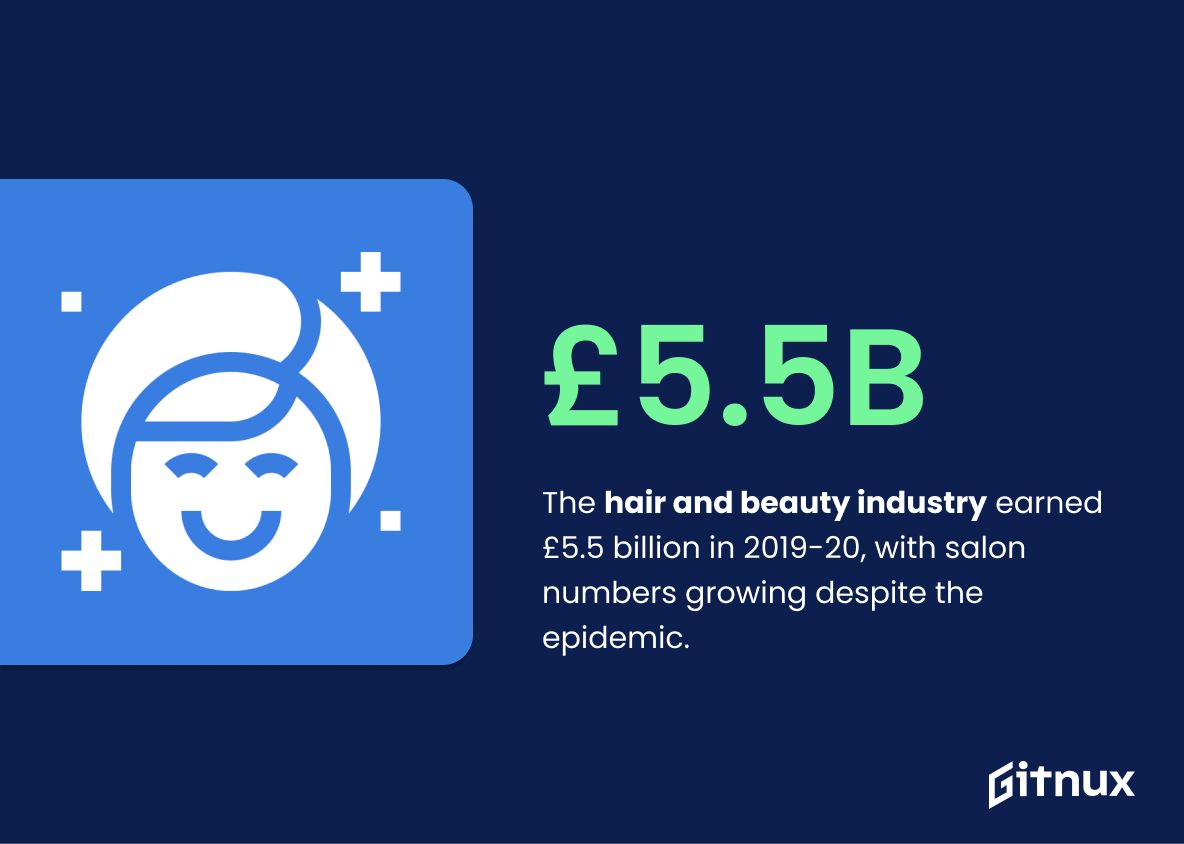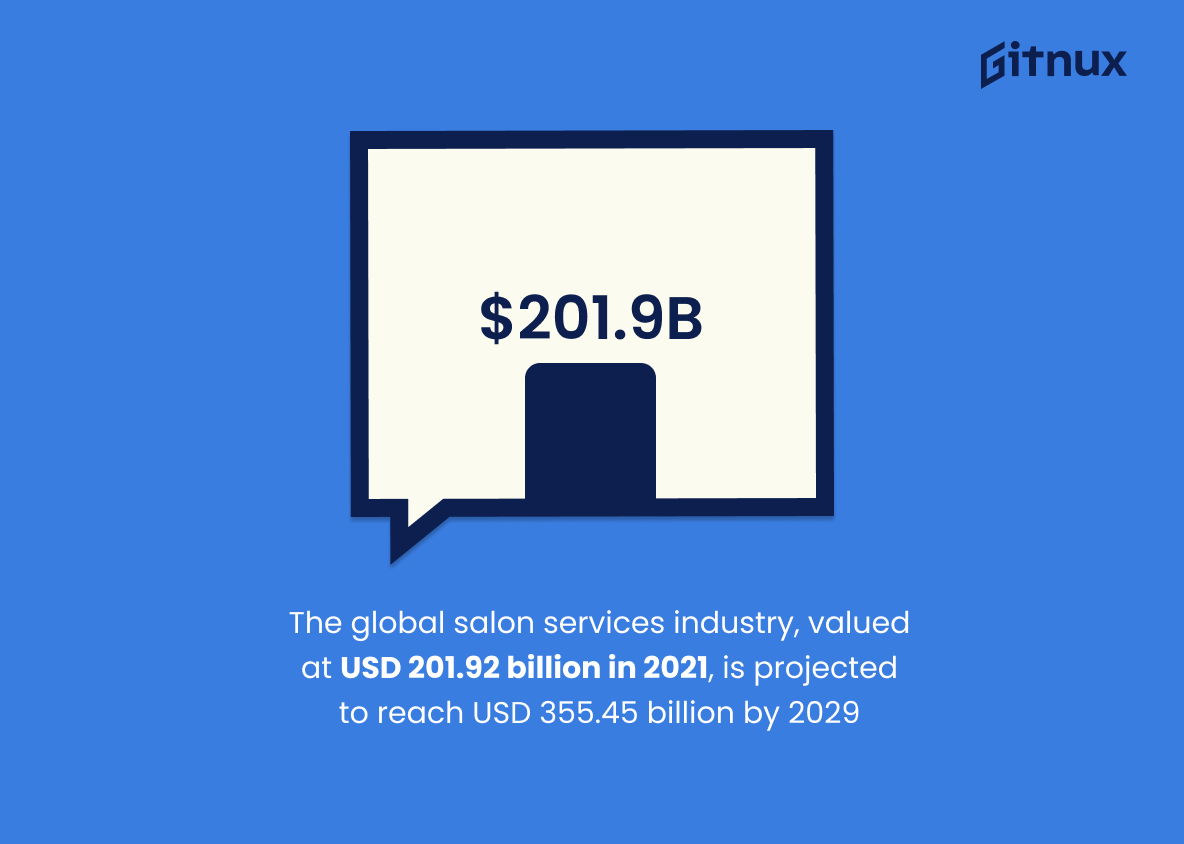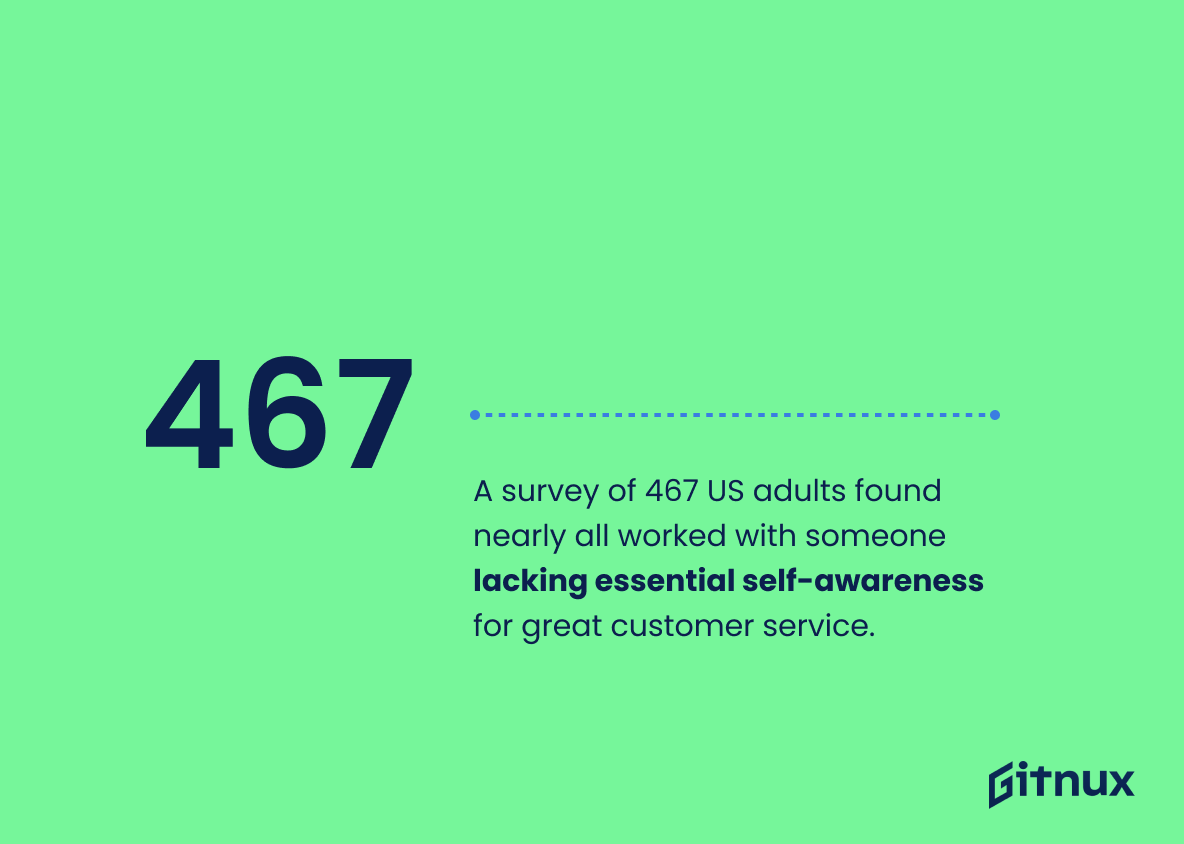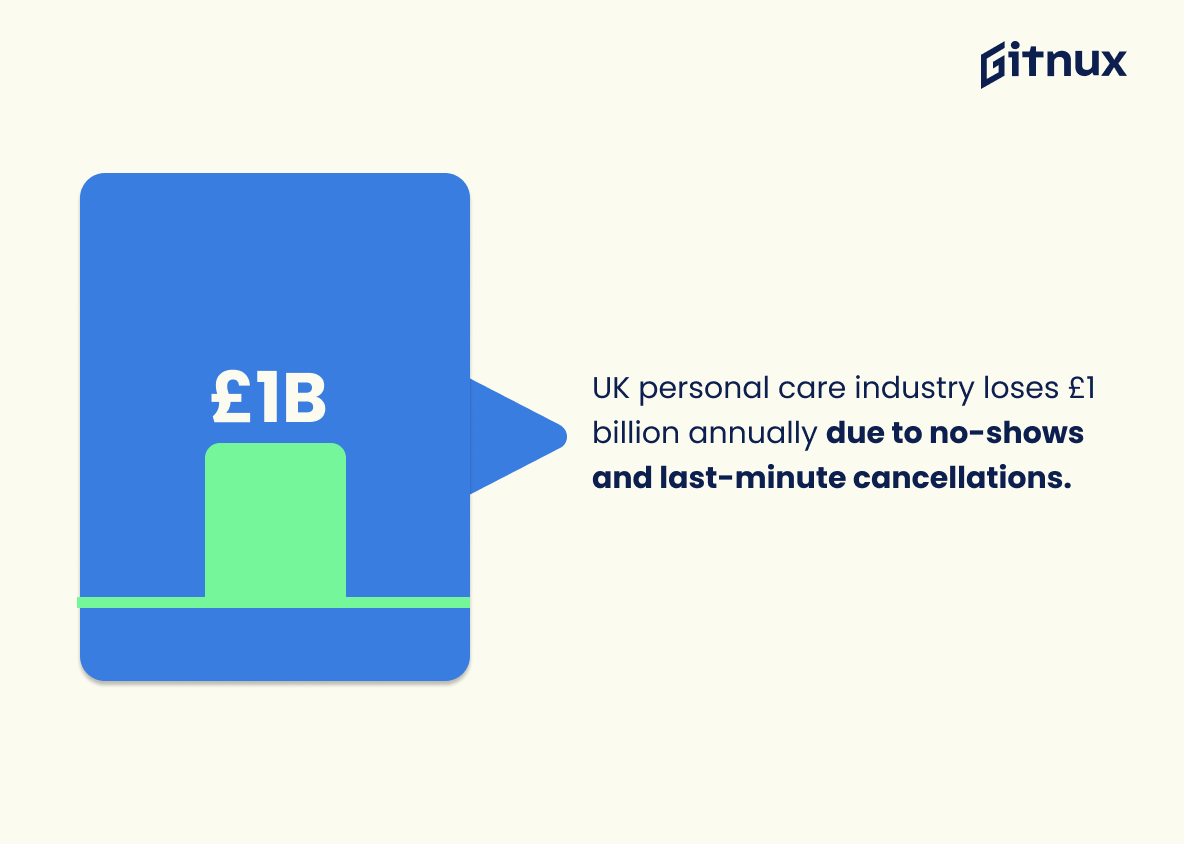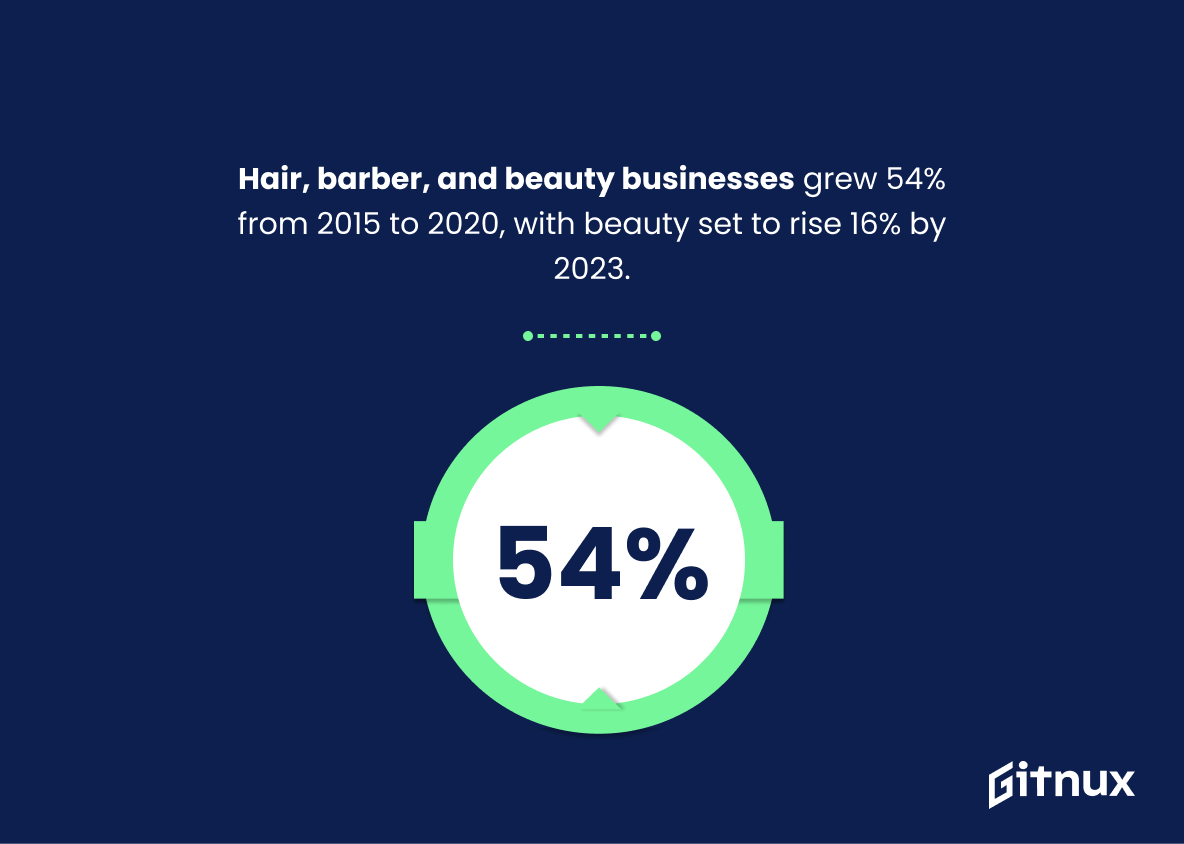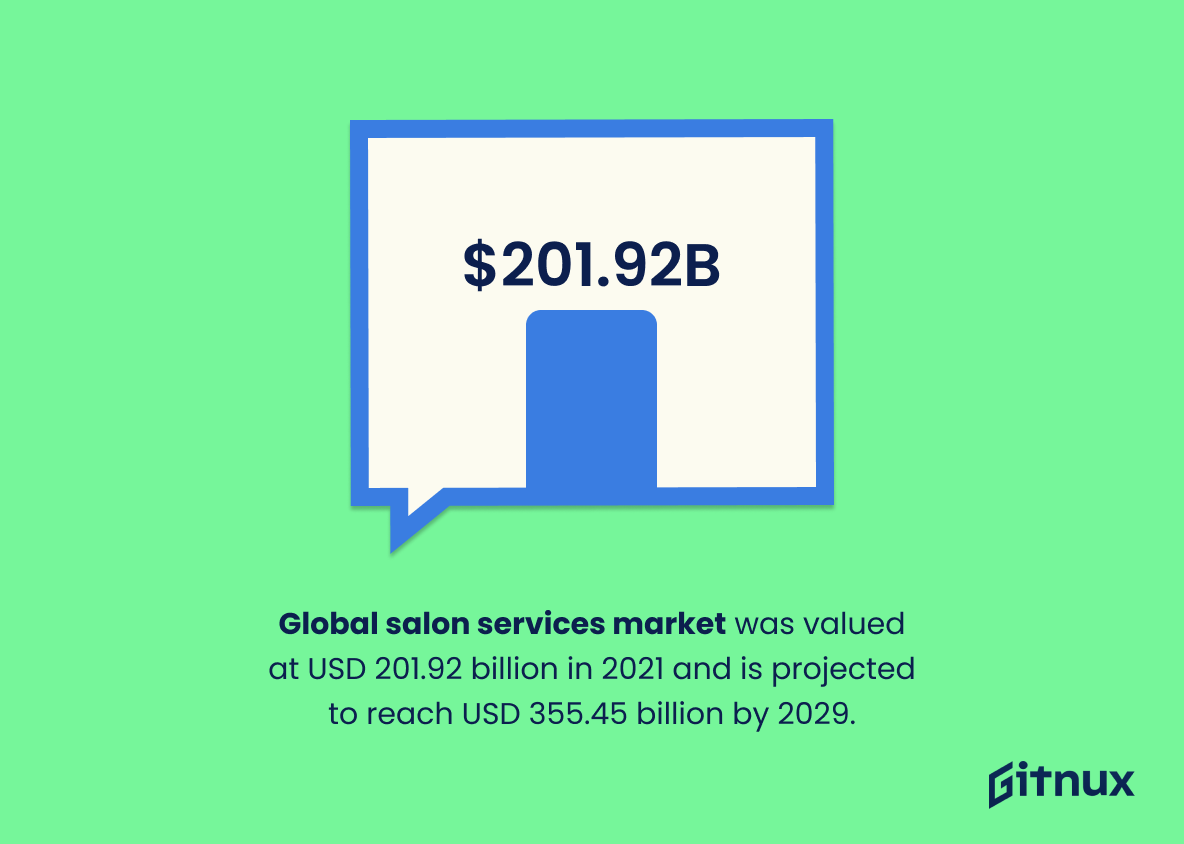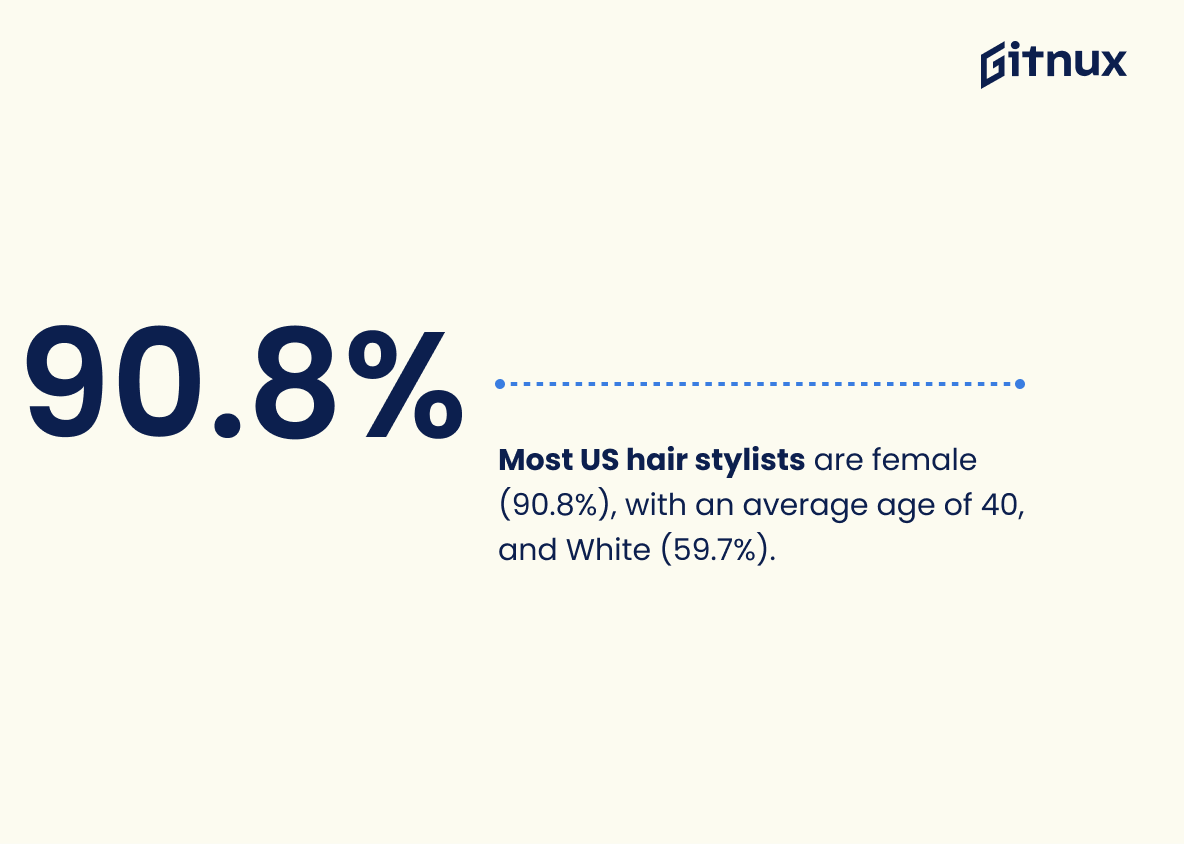The hairdressing industry is a multi-billion dollar industry that is constantly evolving. With the rise of technology and trends, the hairdressing industry is always looking for ways to stay ahead of the competition.
In this blog post, we will explore some of the latest hairdressing industry statistics to get a better understanding of the industry and how it is performing. We will look at the size of the industry, the number of hairdressers, the average salary, and more. By understanding the current state of the industry, we can better prepare for the future of hairdressing.
Hairdressing Industry: The Most Important Statistics
No-shows and last-minute cancellations cost the UK personal care industry £1 billion in lost revenue every year, with the average salon losing £34k due to 815 customers not showing up.
The worldwide salon services industry was estimated to be worth USD 201.92 billion in 2021, and is expected to increase to USD 355.45 billion by 2029 with a CAGR of 7.4%.
Hairdressing Industry Statistics Overview
The hair and beauty industry generated £5.5 billion in revenue in 2019-20, and despite the epidemic, the number of hairdressing, barbering, and beauty salons expanded year on year.
This shows the resilience of the industry despite the pandemic, and the fact that most hair and beauty businesses have less than five staff and 94% have fewer than ten, which indicates that the industry is highly competitive.
Additionally, the survey involving 467 working adults across several industries in the US shows that nearly all of them have worked with at least one person who lacks self-awareness, which is important for the industry in order to provide the best customer service.
Personal care services have the highest level of employment for hairdressers (38.88%), followed by general retail stores (0.45%), health and personal care stores (1.16%), motion picture and video businesses (0.29%), and employment services (0.03%).
The British Beauty Council has officially recognized the hair, beauty and wellness sector, creating a major milestone for the industry with positive implications for awareness, understanding, and financial support.
This recognition is important for the hairdressing industry as it allows for greater government understanding and support, which can lead to improved industry statistics.
No-shows and last-minute cancellations cost the UK personal care industry £1 billion in lost revenue every year, with the average salon losing £34k due to 815 customers not showing up.
This is especially concerning for barbers, as they experience a 10% increase in lost customers compared to hair and beauty salons. It also highlights the financial impact of no-shows and cancellations on the hairdressing industry, and the need for businesses to take steps to reduce them.
The number of hairdressing, barbering, and beauty enterprises increased by 54% over the five years leading up to 2020, and the beauty industry is expected to rise 16% by 2023.
However, due to the pandemic, the industry has seen a 45% decrease in turnover and a 21% decrease in full-time employment in 2020.
The hair and beauty sector contributes £6.6 billion to the UK economy each year, according to the Hair and Barber Council and BABTAC’s economic effect assessment report.
This demonstrates the significant economic impact of the industry, which has been difficult to determine in the past due to a lack of regulation. This figure is likely to be used by the UK Government to inform policy decisions, and will also be used to raise awareness of the sector’s contribution to the economy amongst influencers.
The worldwide salon services industry was estimated to be worth USD 201.92 billion in 2021, and is expected to increase to USD 355.45 billion by 2029 with a CAGR of 7.4%.
90% of the world’s hairdressers are located in the United States.
The US hairdressing industry is highly competitive and that the US is a major player in the global hairdressing industry. It is also a major market for hairdressing products and services, and that the US hairdressing industry is likely to continue to grow in the future.
The majority of hair stylists in the United States are female (90.8%), with an average age of 40 years old, and White (59.7%) being the most common ethnicity.
Conclusion
In conclusion, the hairdressing industry is a growing and profitable industry that is expected to continue to grow in the coming years. The industry is highly competitive, with a large number of hairdressers and salons competing for customers.
The industry is also highly regulated, with a number of laws and regulations in place to protect the health and safety of customers and employees. The industry is also highly creative, with new trends and styles constantly emerging. The hairdressing industry is an important part of the economy, and its growth is expected to continue in the coming years.
References
1 – https://www.nhbf.co.uk/about-the-nhbf/industry-statistics/
2 – https://www.bls.gov/oes/current/oes395012.htm
3 – https://www.hji.co.uk/latest/uk-government-now-recognises-hair-beauty-and-spa-industry-under-new-personal-care-sector/#:~:text=After%20tireless%20campaigning%20from%20the,when%20the%20Government%20makes%20decisions.
4 – https://www.getslick.com/blog/2022-trends
5 – https://www.policybee.co.uk/blog/uk-hair-and-beauty-industry-statistics
6 – https://britishbarbers.com/news/economic-impact-assessment-of-the-hair-and-beauty-sector-on-the-uk-economy-86
7 – https://www.fortunebusinessinsights.com/salon-service-market-104608
8 – https://www.statista.com/statistics/1086926/share-hairdressers-hairstylists-cosmetologists-united-states-gender/#:~:text=In%202022%2C%20over%2090%20percent,more%20than%2035%2C000%20U.S.%20dollars.
9 – https://www.zippia.com/hair-stylist-jobs/demographics/
